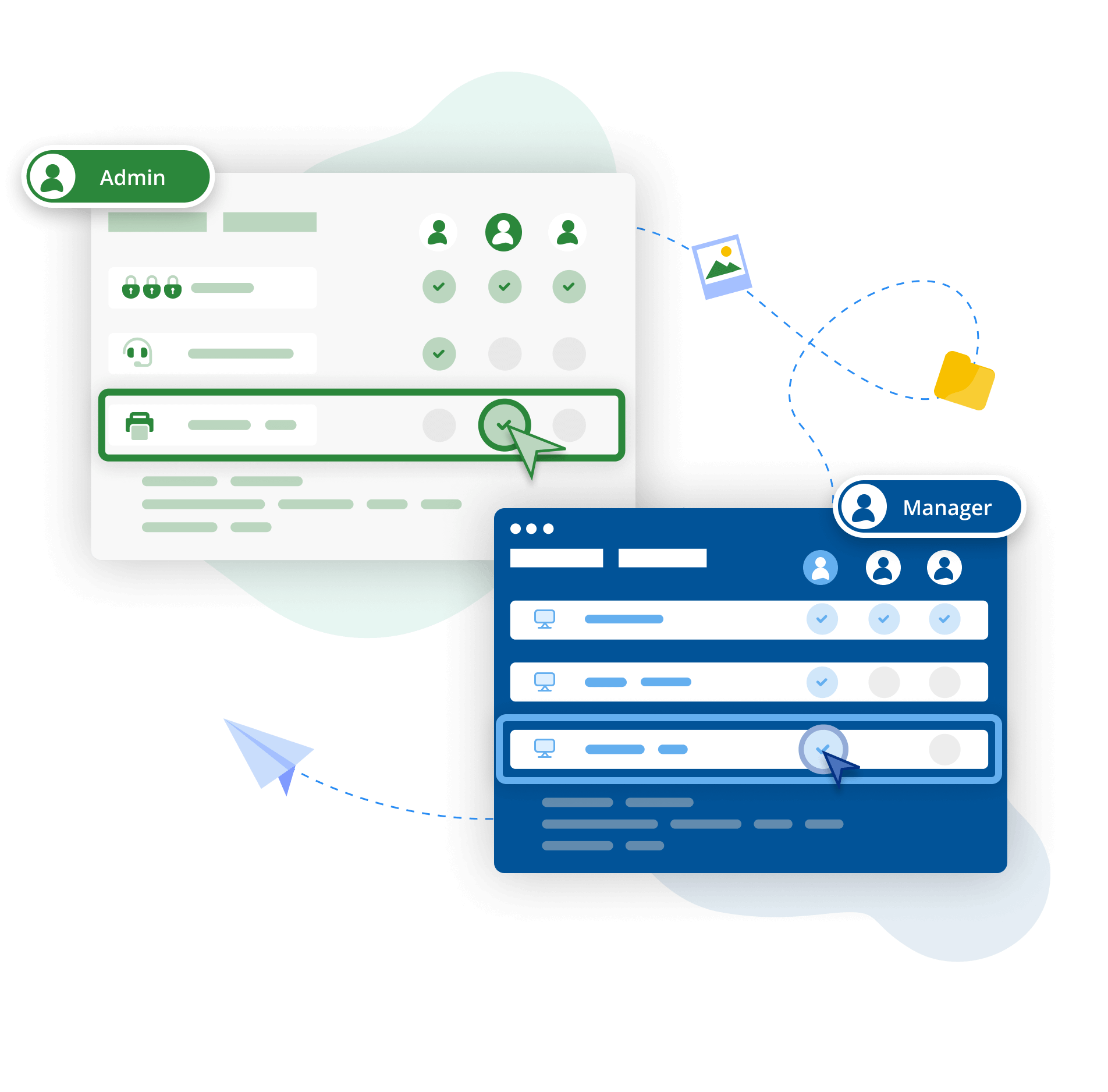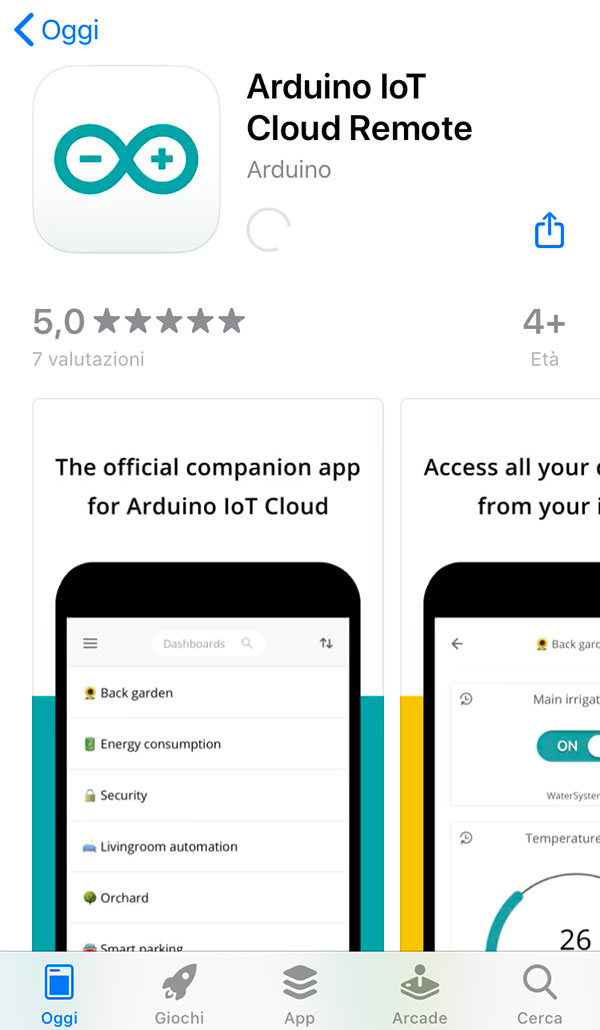Are you grappling with the complexities of managing Internet of Things (IoT) devices across dispersed locations? The ability to remotely connect to, monitor, and control your IoT devices is no longer a luxury, but a critical necessity in today's rapidly evolving technological landscape.
The digital tapestry of our modern world is increasingly woven with interconnected devices, from smart home appliances to industrial sensors. Managing these devices efficiently, particularly when they are deployed in geographically diverse or challenging environments, presents a significant challenge. IoT remote access emerges as the linchpin to surmounting these obstacles. This grants the capability to access and control an IoT device from a remote computer or device, irrespective of physical proximity. Imagine the possibilities: diagnosing and resolving issues in real-time, deploying software updates effortlessly, and optimizing device performance without the need for on-site visits. Consider the benefits, and the necessity of this technological advancement in the modern era.
Let's delve deeper into the key aspects of IoT remote access and management, providing a comprehensive guide to navigating this essential domain.
Understanding IoT Remote Access
IoT remote access isn't merely about accessing devices; it's about enabling effective management, control, and maintenance from afar. It involves establishing a secure connection between a remote computer or device and the IoT device itself. This can be facilitated through several methods, each with its own nuances, strengths, and vulnerabilities.
One of the primary methods is Secure Shell (SSH), a protocol providing a secure channel for remote access. SSH is particularly useful for command-line access, allowing administrators to execute commands, manage files, and configure settings on the IoT device. Another popular method involves Virtual Network Computing (VNC), which enables graphical remote access, allowing users to view and interact with the device's desktop environment. Remote Desktop Protocol (RDP) is another option, primarily used with Windows-based IoT devices, offering similar graphical remote access capabilities.
The applications of IoT remote access are vast and span across various industries. From monitoring the performance of industrial machinery in remote locations to managing smart home devices from anywhere in the world, the possibilities are endless. In healthcare, remote access enables the monitoring of patient devices, vital in providing crucial care. In the agricultural sector, it allows for real-time monitoring and control of irrigation systems. Its utility knows no bounds.
Methods for Achieving Remote Access
The methods to establish a remote connection to an IoT device depend on the device's operating system, network configuration, and security requirements. Here's a breakdown of common approaches:
- SSH: As previously mentioned, SSH is a robust and secure protocol for remote command-line access. Setting up SSH involves enabling the SSH server on the IoT device and configuring the network settings to allow inbound connections. Its often the method of choice for experienced users.
- VNC: VNC provides a graphical user interface (GUI) for remote access. Youll need a VNC server on the IoT device (like `tightvnc`) and a VNC client on your remote machine. Setting up a VNC connection generally involves installing the VNC server, configuring a desktop environment (such as XFCE), and forwarding the appropriate ports through your router.
- RDP: If your IoT device runs Windows, RDP is a convenient option. Enable RDP on the device, configure network settings for remote access, and use an RDP client (available on most operating systems) to connect.
Free SSH Remote IoT Devices
Fortunately, the market offers several free solutions for remote IoT device access that offer strong security features. This is where the resourceful can find opportunities to streamline operations and save costs. Here are some notable options:
- Raspberry Pi: The Raspberry Pi is a cornerstone in the IoT world. Its affordability and versatility make it a favorite for IoT projects. With the Raspberry Pi, you can easily set up SSH access and VNC, making remote management straightforward.
- Other Open Source Options: Explore options with open-source operating systems and device management platforms. Many have built-in SSH capabilities and options for remote access.
Setting Up Remote Access
Setting up remote access typically involves the following steps. Note that these steps may vary depending on the specific device and chosen method:
- Prepare the IoT Device: Ensure your IoT device is powered on, connected to the network, and running the necessary software.
- Enable Remote Access: Enable SSH, VNC, or RDP services based on your preferred method. This usually involves installing and configuring server software on the IoT device.
- Configure Network Settings: Configure your router or firewall to allow incoming connections on the appropriate ports (e.g., port 22 for SSH, port 5900 for VNC, port 3389 for RDP).
- Establish a Secure Connection: Use an SSH client, VNC client, or RDP client on your remote device to connect to the IoT device using its IP address or hostname and the appropriate credentials.
- Test the Connection: Verify that you can successfully access and control the IoT device from your remote device.
Advanced Techniques for Remote SSH Connections
Once you've mastered the basics, consider these advanced techniques to elevate your IoT remote SSH connection:
- Key-Based Authentication: Enhance security by using SSH keys instead of passwords. This eliminates the risk of brute-force attacks and makes your connection much more secure.
- Port Forwarding: If your IoT device is behind a firewall, port forwarding enables you to access it from the internet. This involves configuring your router to forward incoming connections on a specific port to the IoT device.
- SSH Tunnels: SSH tunnels allow you to encrypt and securely forward network traffic between your local machine and the IoT device. This is useful for accessing services that are not directly accessible from the internet.
Beyond Basic Access
While SSH, VNC, and RDP provide essential remote access functionality, they are not always sufficient for managing a large fleet of IoT devices. For more complex deployments, consider using IoT device management platforms. These platforms offer a comprehensive suite of features, including:
- Remote Monitoring: Real-time monitoring of device status, performance metrics, and error logs.
- Remote Control: Ability to send commands, execute actions, and control device functions remotely.
- Over-the-Air (OTA) Updates: Deploying software and firmware updates to multiple devices simultaneously.
- Security Management: Managing security certificates, implementing security policies, and addressing security vulnerabilities.
- Device Onboarding: Simplifying the process of adding new devices to the network.
- Data Management: Collecting, storing, and analyzing data from IoT devices.
Many device management platforms are available, both open source and commercial. Some popular options include:
- Open Source Platforms: Consider options like the 100% open source IoT device management platforms designed for manufacturers and system integrators.
- Cloud-Based Platforms: AWS IoT Device Management, Azure IoT Hub, and Google Cloud IoT offer robust features and scalability.
Security Considerations
Security is paramount when implementing IoT remote access. Here are some key considerations:
- Strong Authentication: Always use strong passwords or SSH keys to protect your devices from unauthorized access.
- Regular Updates: Keep your devices and software up-to-date to patch security vulnerabilities.
- Network Segmentation: Isolate your IoT devices on a separate network segment to limit the potential damage from a security breach.
- Encryption: Use encryption to protect data transmitted between your devices and remote access clients.
- Monitoring and Auditing: Implement logging and monitoring to detect and respond to security threats. Regularly audit device configurations to ensure they meet security best practices.
Practical Applications of IoT Remote Access
The applications of IoT remote access are vast, spanning various industries and use cases. Here are a few examples:
- Industrial Automation: Remotely monitor and control industrial equipment, such as PLCs (Programmable Logic Controllers) and sensors, to optimize performance and reduce downtime.
- Smart Agriculture: Monitor and control irrigation systems, soil sensors, and weather stations to optimize crop yields and conserve resources.
- Smart Homes: Remotely manage smart home devices, such as lighting, thermostats, and security systems, for convenience and energy efficiency.
- Healthcare: Monitor patient devices, such as remote patient monitoring systems and medical sensors, to provide better patient care and reduce hospital visits.
- Retail: Remotely manage digital signage, point-of-sale (POS) systems, and other retail devices to enhance customer experiences and streamline operations.
Troubleshooting Common Issues
Encountering issues is not uncommon when setting up remote access. Here are some common problems and how to troubleshoot them:
- Connectivity Issues: Ensure that your IoT device is connected to the network and that the network settings are configured correctly. Verify that you can ping the device from your remote machine.
- Firewall Issues: Make sure that your firewall is not blocking incoming connections on the necessary ports.
- Authentication Issues: Double-check your username and password. If using SSH keys, ensure that the key is properly configured.
- Incorrect IP Address or Hostname: Ensure that you are using the correct IP address or hostname of the IoT device.
- Port Forwarding Issues: If you are using port forwarding, verify that it is configured correctly on your router.
- Software Conflicts: Ensure that the server software and any related software are not conflicting with each other.
The Future of IoT Remote Access
The field of IoT remote access is constantly evolving. As technology advances, we can expect to see new features and capabilities, including:
- Enhanced Security: Stronger authentication methods, advanced encryption techniques, and AI-powered threat detection.
- Improved User Experience: More intuitive user interfaces, simplified setup processes, and enhanced remote control capabilities.
- Edge Computing Integration: Leveraging edge computing to process data closer to the devices, improving response times and reducing latency.
- Artificial Intelligence Integration: AI-powered analytics to optimize device performance, predict failures, and automate remote management tasks.
IoT remote access is essential for efficiently managing and controlling IoT devices. Understanding the different methods, security considerations, and advanced techniques is crucial for successful implementation. As the IoT landscape continues to grow, the demand for robust, secure, and user-friendly remote access solutions will only increase.
Conclusion
By embracing these practices, you can unlock the full potential of your IoT deployments, streamline operations, and drive innovation in your projects.


